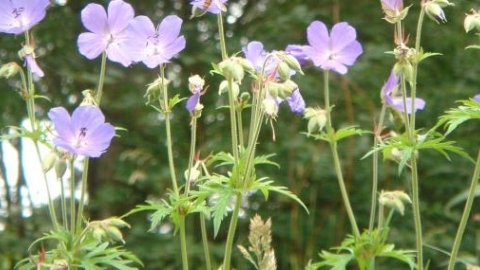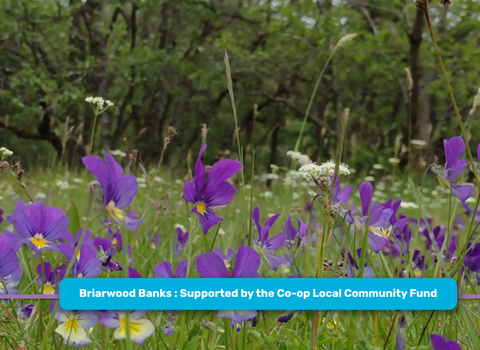
Beltingham River Gravels
A notable reserve which contains a small area of calaminarian grassland, influenced by heavy metal pollution in the past, and therefore featuring several interesting species of wildflower.
Location
Know before you go
Dogs
When to visit
Opening times
24/7/365Best time to visit
April to AugustAbout the reserve
Past heavy metal pollution from mine spoil heaps washing onto the banks has resulted in an unusual habitat which allows metallophyte (metal loving) species uncommon to the region to grow. These include alpine penny-cress, spring sandwort and mountain pansy.
The majority of the reserve consists of deciduous woodland and scrub established on river gravels subject to periodic flooding. Areas around the trees are also home to a sub species of rare dune helleborine. In recent times, Himalayan balsam has started to dominate areas along the banks of the Tyne. This is being removed to encourage native vegetation and to prevent bank erosion. Dame's violet has also become a problem and threatens the area favoured by the helleborines.
Contact us
Environmental designation
Site of Special Scientific Interest (SSSI)

